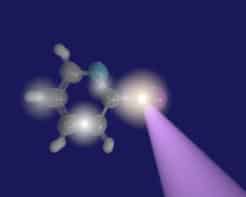Sam Edwards of Cambridge University and Patrick Lee of the Massachusetts Institute of Technology (MIT) have been awarded this year's Dirac Medal by the Abdus Salam International Centre for Theoretical Physics. Edwards wins the prize for "his fundamental contributions to polymer physics, spin glass theory and the physics of granular matter", while Lee is recognized for "his pioneering contributions to our understanding of disordered and strongly interacting many-body systems".
Edwards’ work in condensed matter physics began in 1958 when he showed that disordered systems like glasses and gels could be described by quantum field theory, and he revolutionised polymer physics in the 1960s with the introduction of the Edwards Hamiltonian and, later, the concept of polymer entanglement. The replica formalism, which provided the first solution to the “spin glass” problem in magnetism, followed in the 1970s. Edwards, who was knighted in 1975, is presently emeritus Cavendish professor of physics at Cambridge University.
Lee’s research has focussed on strongly correlated electronic systems — materials where the interactions between electrons play a crucial role and lead to novel phenomena that cannot be explained by the established Fermi-Landau liquid theory. One of Lee’s major contributions in this area was the introduction of the concept of universal conductance fluctuations to describe mesoscopic devices. Lee, who is William and Emma Rogers professor of physics at MIT, is currently studying high-temperature superconductors.
The Dirac Medal is awarded to scientists who have made significant contributions to theoretical physics and mathematics. It is always awarded each year on Paul Dirac’s birthday — August 8 — and is worth $5000.



